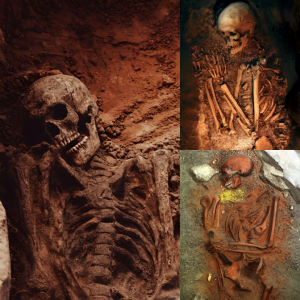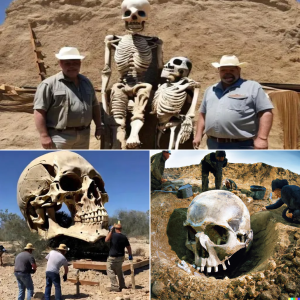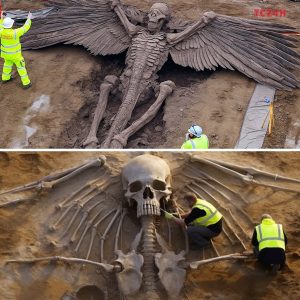Petra, the legendary capital of the Nabataeans, is one of the most fascinating travel destinations in the world.
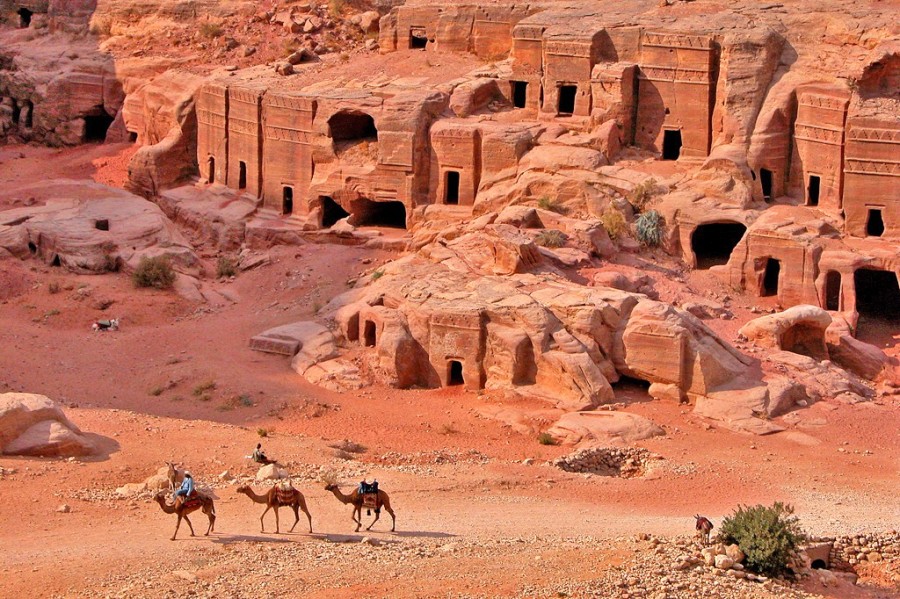
You can wander for days through a breathtaking landscape, discovering more than 600 tombs with stunning rock-cut facades, mysterious burial complexes, cult sites on top of the mountains, enigmatic temples and votive niches along processional pathways, aqueducts and cisterns of an ingeniously conceived water management in the desert. Erected by the Nabataeans more than 2,000 years ago, many of the buildings were expanded during the Roman Empire, or transformed into Byzantine churches or Crusader castles in later times.
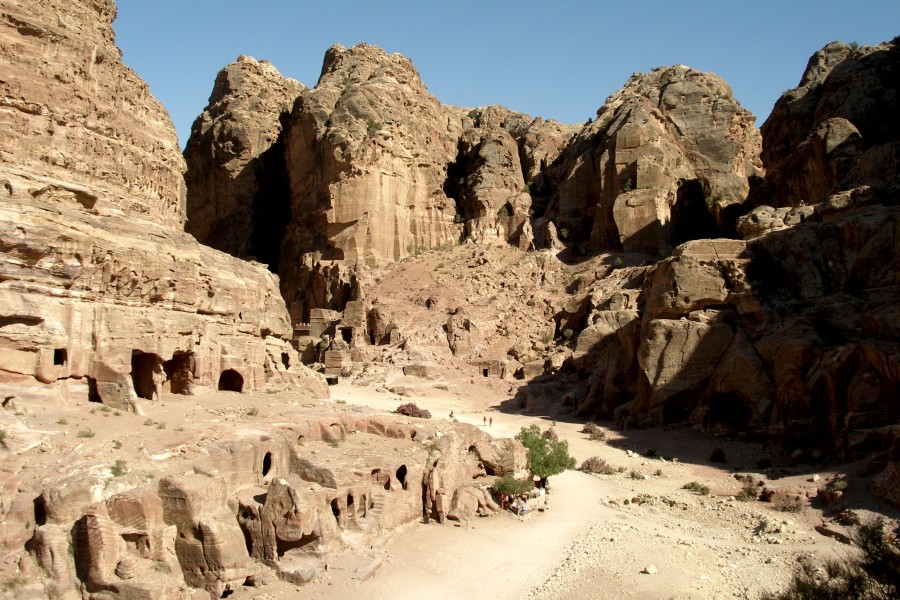
This web guide offers you a wealth of in-depth information and curated photo tours, showing highlights, hidden gems, walks and trails – also off the beaten track, while conveying historical, religious and cultural contexts.

Petra, meaning “rock,” is the Greek denomination of the ancient capital of the Nabataeans, which they themselves called Raqmu. The origin of the Nabataeans is not clear, they probably came from northern Arabia. A first historical mention appears in connection with the plundering of one of their retreats by Greek troops in 311 BC. The wealth of the Nabataeans, already legendary at that time, resulted primarily from the trade in frankincense and myrrh, as well as the sale of bitumen from the Dead Sea.
At first, Petra/Raqmu served as a seasonal tent camp for the originally nomadic traders and cattle breeders. In the course of the 3rd century BC, a permanent settlement developed, which prospered after being connected to the Incense Road, and became the political and religious center of the Nabataeans.

The wide valley basin of Petra is extremely unsuitable for the construction of a city. Drinking water had to be brought in from springs through kilometer-long pipes. Since the area lies like a funnel in a rocky landscape, complex protective structures against flash floods and heavy rains were essential. And the lack of long-distance visibility made it necessary to build guard posts on the surrounding mountains. However, the place obviously had a special significance for the Nabataeans, which is why their kings had the capital developed at enormous expense into a magnificent metropolis and an international showcase. At one time, an estimated 30,000 people lived there.

With King Aretas IV (9 BC – 40 AD) the heyday of the Nabataeans began. Under him and his two successors most of the more than 600 façade tombs were hewn into the rocks and the other large buildings were constructed. The Nabataean Kingdom lost its independence when the Romans annexed it in 106 AD and transformed it into the Provincia Arabia. Petra remained the most important center of the new province, and under the Roman administration began an extensive program of urbanization, as well as renewal and expansion of existing buildings.
When the decline of Petra had already begun, an earthquake caused severe damage in 363 AD. But the city continued to exist for a while. In the 5th century, several churches were built, one from the converted Urn Tomb and three others from remains of destroyed buildings. By the 7th century, the once large urban settlement had disintegrated into small clusters spread across the valley. The last historical evidence of the site’s existence dates back to the 13th century.
With the secret visit of the Swiss Johann Ludwig Burckhardt in 1812 began the modern discovery of Petra, which in 1985 was declared a UNESCO World Heritage Site for its outstanding universal value and unique archaeological treasures.

